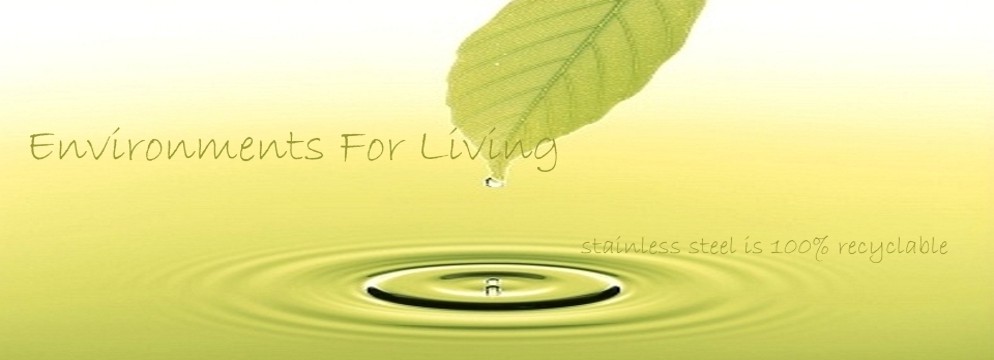- What is lead?
Lead is a toxic metal that is harmful if inhaled or swallowed. Lead can be found in air, soil, dust, food, and water.- Who is at Risk?
Children ages 6 and under are at the greatest risk. Pregnant women and nursing mothers should avoid exposure to lead to protect their children. Exposure to lead can result in delays in physical and mental development.- How Does Lead Get Into My Water?
Lead leaches into water through corrosion of pipes, solder,fixtures and faucets (brass).The amount of lead in your water also depends on the types and amounts of minerals in the water, how long the water stays in the pipes, the amount of wear in the pipes, the water?s acidity and its temperature.
- How Can I Be Exposed to Lead?
The greatest exposure to lead is swallowing or breathing in lead paint chips and dust. Lead also can be found in some household plumbing materials and water service lines.- Will new legislation make faucets safer?
Recent state legislation has been passed in California (AB1953) and Vermont (S152) to reduce the allowable amount of lead in defined plumbing fixtures to a maximum of 0.25 percent. Currently, this legislation affects only products sold in these states, which will take effect January 1, 2010.- Can a manufacturer use plating, coatings or acid wash treatments to make a device comply with the California low lead regulations?
No. While NSF Standard 61 allows the use of platings, coatings, or acid wash treatments, these cannot be used to meet the 0.25% weighted average lead content requirements of Annex G. The weighted average must be based on the lead content of the component, not just the lead content on the surface. This requirement was incorporated into Annex G based on a letter expressing the legislative intent of AB 1953 sent to NSF from the California legislator who authored AB 1953. This is also reflected in a legal opinion from East Bay Municipal Utility District's counsel, the utility that sponsored AB 1953. While the California legislation does not specifically address coatings, platings or acid wash systems, manufacturers that attempt to use these techniques to comply with the California requirements may face legal challenges. - Who is at Risk?
- Are other U.S. states considering enacting low-lead legislation for
plumbing products?
Vermont recently enacted a law similar to California's, which is also scheduled to take effect January 1, 2010. Maryland has a similar law going into effect on January 2012 and the U.S. Safe Drinking Water Act will make this a national requirement in January 2014. - What should I do if I suspect that my water contains high lead
levels?
If you want to know if your home's drinking water contains unsafe levels of lead, have your water tested. In Canada, contact 311 to arrange the City to come in to have the water tested. - How can I reduce potential exposure to lead from
faucets?
If you have a faucet made before 1998, installing a new faucet would probably greatly reduce the amount of lead that is leaching, even if it isn't zero lead. When buying a new faucet, look for "lead free" faucets.Here are some ways to decrease your exposure to lead from faucets:
* Run the cold water tap in the morning for 30 seconds to a minute to flush out any water that sat in the pipes and fixtures all night. Also flush out the system if you have not used the tap for more than 6 hours, Do not use this flushed out water for drinking, cooking or for your pets.* Run the cold water tap for 5 second before each use, if you use the tap infrequently throughout the day.
* Use only cold water for drinking and cooking. Hot water will leach more lead out of the system than cold water.
In addition, eating a diet high in vitamin C, iron, and calcium, and low in fat, may help reduce the harmful affects of lead in your body





